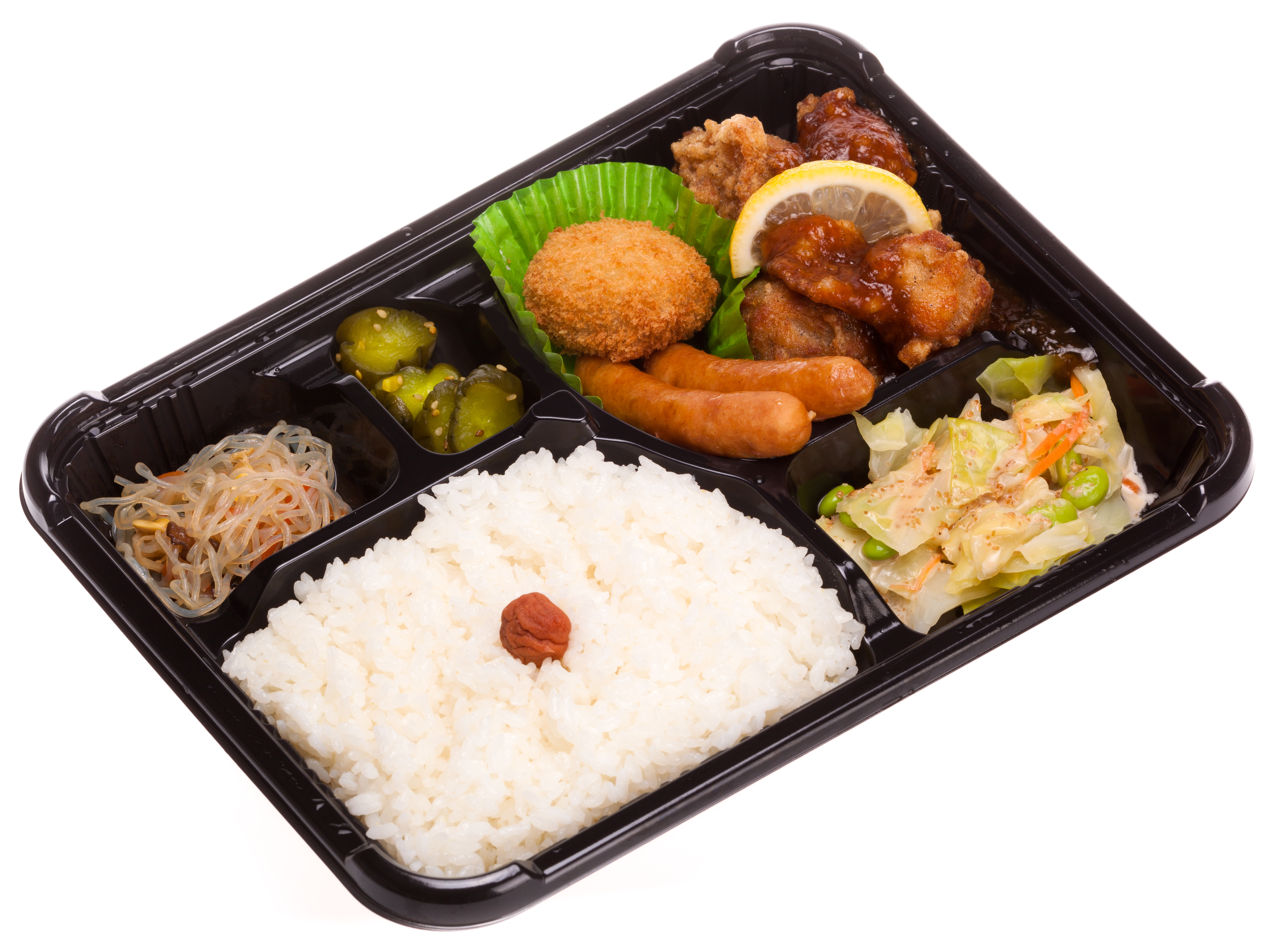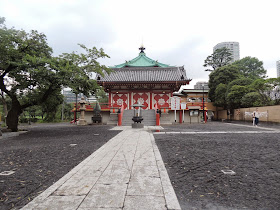This week, we are studying the post war years in class. When Japan lost the war, the emperor for the first time made a public announcement. He was so far removed from the public, that people weren't able to understand his message, which basically meant 'We surrender'. Some patriotic soldiers didn't want to stop fighting. Families were shattered. Soldiers who were abroad were stuck there for a long time. Some were returned after a year and a half but most remain unaccounted for. Six major cities, including Tokyo, Hiroshima and Nagasaki, were in ruins from bombing and subsequent fires. In Nagoya, one of the six cities which were heavily bombed, over 80% of residences were destroyed.
We watched the movie Gojira, which was the original Japanese version of Godzilla. Gojira is about a sea monster whose natural habitat is destroyed as a result of atomic radiations in the water and as a result he comes out of the water and causes great destruction on land. The destruction he causes seems akin to the destruction caused by the nuclear bombs. The way a city built over thousands of years can be destroyed in a matter of minutes is terribly sad to see. A scientist in the movie who has come up with a way to kill Gojira is afraid of revealing his invention because he knows that human beings would end up using it against each other in war.
 |
A bento box-packed lunch in plastic boxes found in convenience stores and specialized roadside stands which specialize in bento food. I picked up a bento box for lunch from one of the roadside stands today. It just cost 500 Yen and included sweet and sour chicken, rice, pickle, tofu and some pasta. I was too lazy to take a picture of my bento box, but this picture that I found on the internet is a great representation of a bento lunch.
Source: commons.wikimedia.org
Apart from studying about war and writing papers, I visited Ueno. Ueno is a complete tourist destination. It has six museums located close to each other, a zoo, of which the main attraction is a giant panda, a lake, a garden, a shrine and a cheap shopping area. If you only have one day in Japan and want to experience as much of Japanese culture as possible, this would probably be a good option.
I went to the Tokyo National museum, which is the largest museum in Japan. To get there, I went through the park and passed the shrine and lake on the way.
|
 |
| At Ueno park with my friend and classmate Steffi. During spring time, cherry blossoms bloom here and this location is often seen in pictures with pink trees on either side. |
 |
| Passing by a shrine at Ueno |
 |
| It's a lake! Can you believe it? |
 |
| Ink paintings from the 16th century at the Tokyo National Museum |
 |
Have you dreamt about any of these? If you have, flip the pillow over to read your fortune.
Sighted at the Tokyo National Museum in section about fortune telling. |
After the museum, I took a quick walk through the shopping area, called Ameyoko. I felt like I was in Singapore's Chinatown or Kuala Lumpur's night market again. It had extremely cheap items on sale. There were roadside restaurants of all kinds of cuisines with outdoor seating. There were stalls selling cheap matcha ice cream and other sweets which I didn't recognize.
 |
| Ueno's shopping area: Ameyoko |
Dinner featured two new dishes today.
 |
Takikomi Gohan: rice with some meat and vegetables mixed with soy sauce. Its a lighter (and for me, better) version of fried rice.
Source: humblebeanblog.com |
 |
Buri-daikon: Buri is a kind of fish and daikon refers to the Japanese radish. They are cooked in soy sauce and make a delicious but light dish.
Source: tokyostation-yukari.blogspot.com |










No comments:
Post a Comment